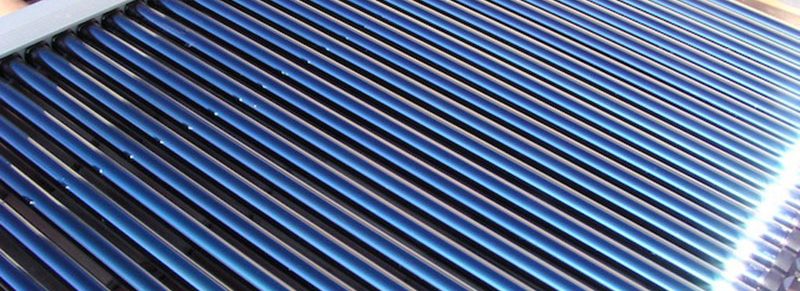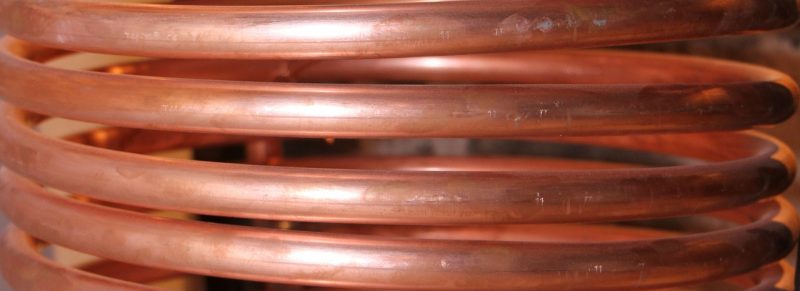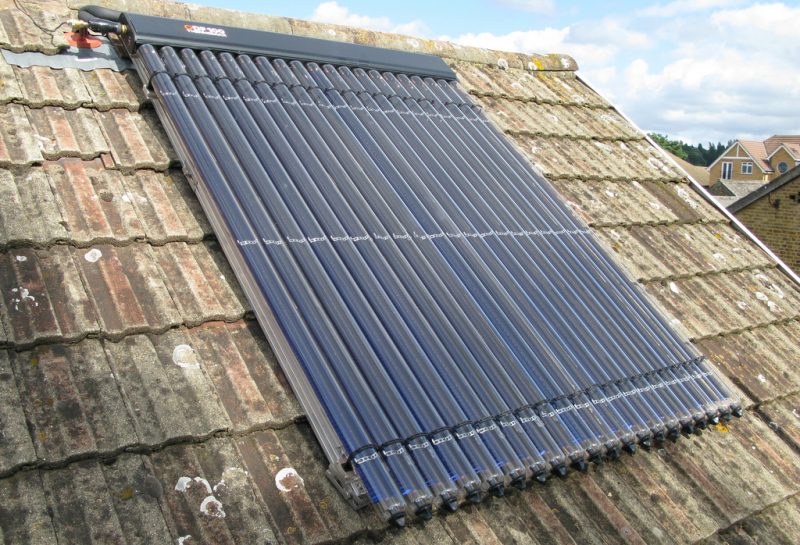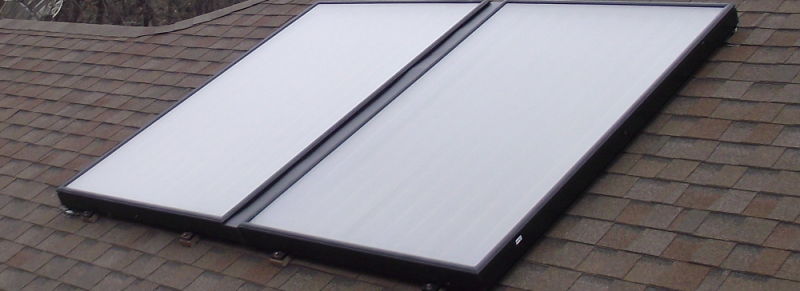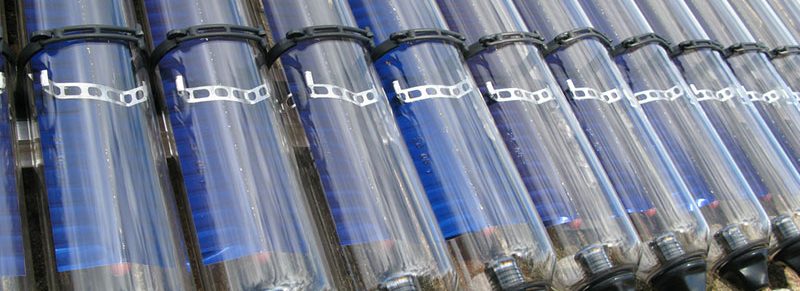Solar water heating systems (known as solar thermal) use free radiation from the sun to work alongside your conventional water heater. They are designed to meet 100% of your water heating needs during the summer, but will require the backup from a boiler or immersion heater during winter.
Solar thermal systems do not require bright sunlight in order to function; they simply require light and can still heat water even on a cloudy day as solar radiation is still present.
The technology is well developed and an effective means of using solar energy in the UK.

